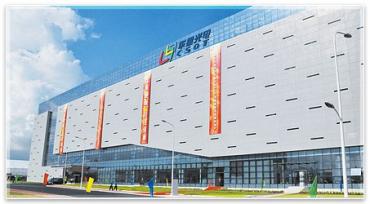FCC filing reveals that the LG G Flex will probably come to the US soon
LG's first flexible OLED phone, the G Flex, is already shipping in Korea, and we know that Samsung wants to bring it to the US, Japan and Europe. The FCC published new filing documents that discuss the G Flex (model number D959). This usually means that we should expect this phone to launch soon in the US, for both AT&T and T-Mobile.
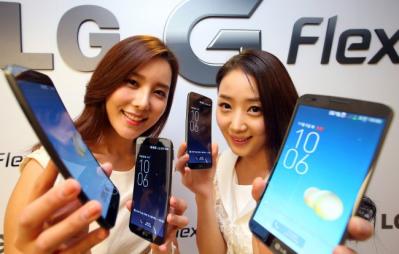
The G Flex has a 6" 720p RGB flexible OLED display made by LG Display that is curved from top to bottom (unlike Samsung's Galaxy Round which is curved from left to right). Other features include a 2.3Ghz Snapdragon S800 CPU, 2GB of RAM, 32GB of internal memory, a 13MP camera, NFC, Android 4.2.2 and a 3500mAh non-removable battery (LG Chem's curved battery). The G Flex has two rear-mounted buttons and a "self-healing" back (that will heal scratches quickly).


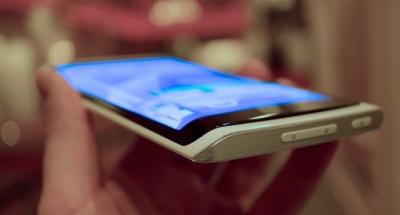
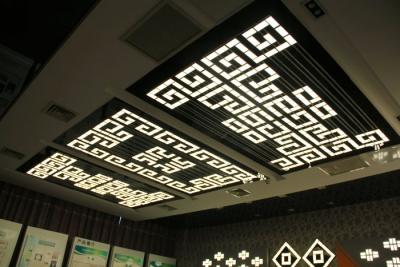
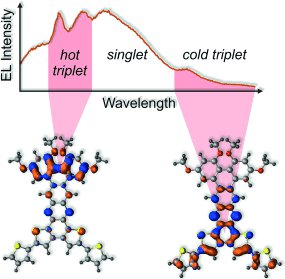

 The EU launched a new project called GLADIATOR (Graphene Layers: Production, Characterization and Integration) that aims to improve the quality and size of CVD
The EU launched a new project called GLADIATOR (Graphene Layers: Production, Characterization and Integration) that aims to improve the quality and size of CVD 